So my fuel system - nothing too different but a few good ideas I think.
I run dual tanks in front of the rear axle. This allows for better weight distribution, packaging and perhaps safety then a rear mounted tank.
These tanks were originally built for my last chassis otherwise I would have done some things differently. In fact, redoing it today, I would probably use stock Vette twin tanks or even twin tanks off the new Mustang to get all that good OEM engineering.
Although the overall design is sound, I should have built them out of SS not aluminum, and taken the 12 lb weight penalty - For safety reasons obviously.
Even though these tanks are ensconced in the frame, and I have a 3/4" .063 tubing as well as .063 steel protecting them from the driveshaft, they still seem vulnerable to me. The chassis does protect them from major impact, but they are vulnerable to penetration. And obviously a car of this level
should have fuel cells but because of their unique layout, we are talking about $4k+ to build proper fuel cells. Come to think of it I have never really seen if ATL or Fuel Safe makes a drop in Corvette based fuel cell solution, might be something to check into.
Unlike the Vette, I call the passenger side the main tank, which means it is the most likely unit to have fuel in it. This is better for weight distribution than using the drivers as the main tank.
Each tank holds 10 gallons. They are joined in the top middle by a 2.5" crossover tube and at the bottom by a -10 hose. This lower hose may not be necessary but I'm too lazy/chicken to remove it, and it probably does help with fuel fill as it will give a false shutoff signal to the pump as it nears the top as I guess fuel cannot transfer fast enough ( you just wait a few seconds and keep filling). The crossover tube is special fuel filler hose from Coleman is 1/4" thick plastic of some kind.
As you can see I built a fuel "module" with twin in tank Bosch 044 pumps. The 2nd pump is turned on by the Megasquirt ECU under high load. The fuel sender is a standalone VDO unit as often found in
boats. It is a "capacitance" fuel meter with only one moving part and packages better than the usual float arm.
The other "trick" thing going on is that I am using a late model GM/Vette siphon pump to pull fuel from the 2nd tank into the main tank. That is where you see the outputs of the two pumps going to the Y and a 3rd hose is coming off of it.This hose travels through the fuel crossover tube
into the bottom of the drivers tank where I have adapter fittings that connect to the siphon pump, and then returns fuel to the main reservoir in the passenger tank.
The main tank has a half height vertical barrier with a one-way door in the bottom of it, the pumps sit behind that. The fuel return comes into the main tank as well as the return from the siphon pump obviously. Combined with the vertical design of the tanks, I seem to get good fuel supply under all conditions.
All hoses are teflon lined style or OEM in tank fuel hoses, and power for the pumps comes straigh from the battery via trunk mounted relays.
I started out with the little Walbro 155's that a lot of people used, and they were totally in adequate. I bought them from APE so I didn't think they would be counterfeits, but they could not supply enough fuel for even 600rwhp. When I opened up the tank to run some tests, I could actually see them spitting fuel out of the top of their canisters
so they were obviously defective, both of them. I woudl say stay away from these pumps, the 044's are so much stronger and better if you can fit them.
When I found the problems with the pumps on the dyno I spent quite a bit of time testing the flow (dangerously) through the hoses timing how long it took to fill a bucket. With an open -4 spigot obviously I couldn't get the pressure very high but it was still easily measurable that the free flow of the two pump systems was night and day.
The piece of aluminum angle that the pumps are sitting on is welded to the fuel lid, and was the very first aluminum TIG welding I ever did for real. So far so good it has held up.
-8 braided SS/teflong lines to the front and back. One experiment I would like to tryin the future is moving the fuel regulator back
to the tanks and running a deadhead line up to the engine. I haven't had any problems but this would really reduce fuel heating. I know others with big pumps have had issues in extended driving with
fuel heating. But I guess I rarely drive it for hours on end on hot days here in Washington.
If you go back above and look at the photos of the rear suspension, you can clearly see the tanks nestled into the frame in front of the axle.
They were in fact the very first things installed in the brand new painted chassis and I don't want to have any problems because they
are a pain to get in and out ! They do not drop out becaue there is 16awg steel shelves that hold and protect them.
Oh, and I use a standard race car rollover vent to a -8 teflon hose that manages to go up and a few inches higher than I ever fill up the fill tube and then does a loop before exiting into the rear axle area where I cover the end with a piece of pantyhose for a filter......Hmm, maybe I could manage to at least put a K&N on there.
Oh, almost forgot - the tanks are also stuffed with fuel cell foam to reduce slosh and dampen the chances for an explosion.



